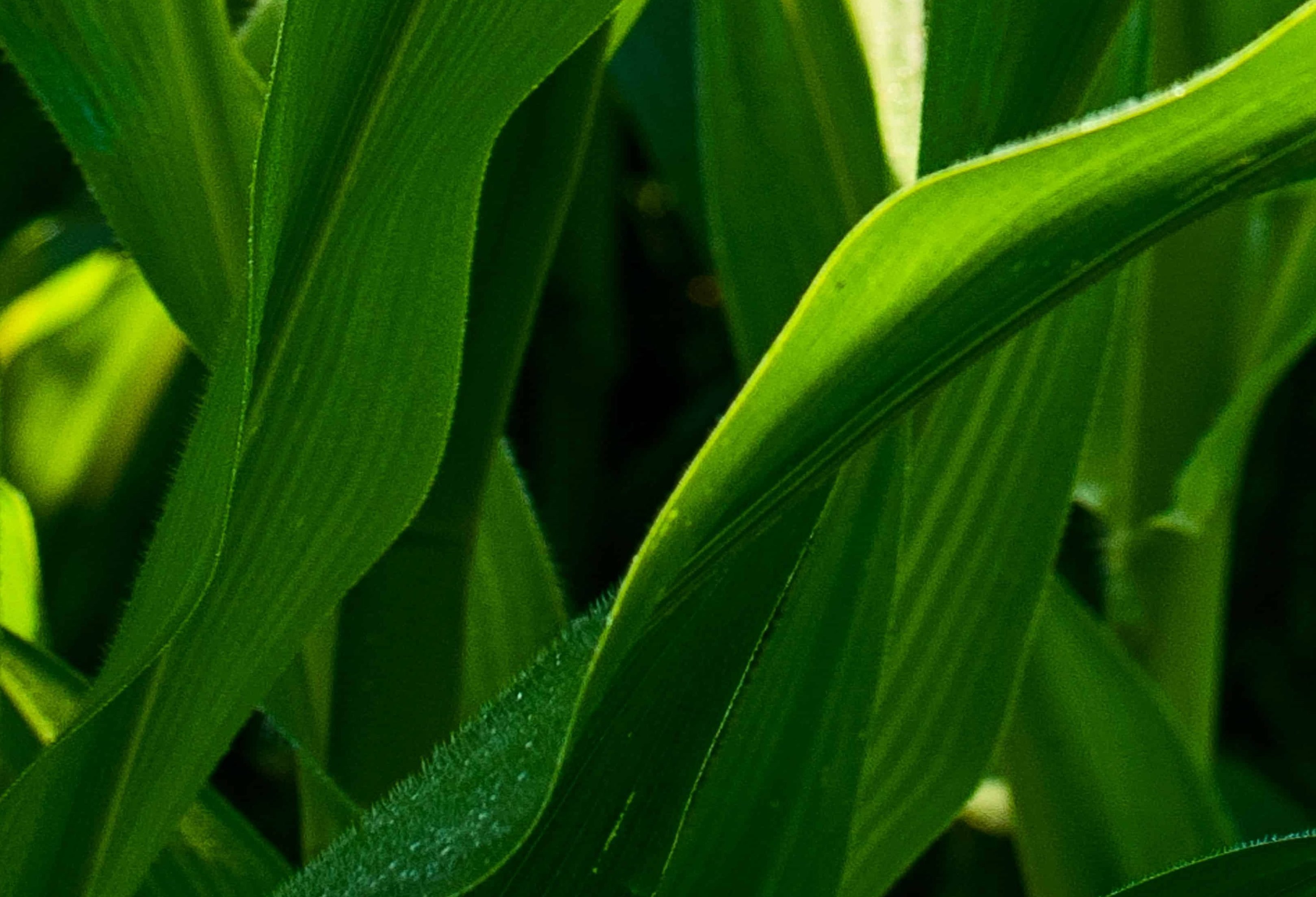Key Takeaways
- The maize root system has been altered through indirect selection during global adaptation to new agricultural environments.
- Analysis of over 9,000 maize accessions and wild relatives reveals geographical and genomic variations in seminal root number.
- Seminal root number increased during domestication but decreased in varieties adapted to limited water availability.
- Genes linking environmental variation and seminal root number were identified, including the transcription factor ZmHb77.
- Reducing seminal root number and increasing lateral root density can enhance maize seedling resilience to drought.
Global Adaptation Reshapes Maize Root Systems for Drought Resilience
A comprehensive study by Yu et al. (2024) has shed light on how the maize root system has been indirectly selected and reshaped during its global adaptation to diverse agricultural environments. By examining the root systems of over 9,000 maize accessions and their wild relatives, the researchers have identified significant geographical and genomic variations that influence seminal root number, providing insights into the evolution and functional adaptation of maize.
Root System Characterization and Variation
The study involved characterizing the root systems of a vast collection of maize accessions from around the world, alongside their wild relatives. This extensive analysis aimed to define the geographical signature and genomic basis of variation in seminal root number. “Our analysis of more than 9,000 global maize accessions and wild relatives allowed us to identify distinct patterns in root system architecture,” the researchers noted.
Changes in Seminal Root Number
One of the key findings is the historical trend in seminal root number during maize domestication and subsequent adaptation. “We demonstrate that seminal root number increased during maize domestication,” Yu et al. explain. However, in varieties adapted to environments with limited water availability, there has been a decrease in seminal root number. This change reflects the plant's adaptation to different environmental conditions, optimizing its root architecture for survival and productivity.
Genetic Basis and Environmental Association
The study combined environmental and phenotypic association analyses with linkage mapping to identify genes associated with variations in seminal root number. Among the identified genes, the transcription factor ZmHb77 stands out. The researchers highlight that “Functional characterization of ZmHb77 provided evidence of its role in linking environmental variation with seminal root number.”
Implications for Drought Resilience
The findings have significant implications for improving maize resilience to drought. The study's in silico root modeling suggests that reshaping the root system architecture by reducing the number of seminal roots and increasing lateral root density can be beneficial. “Our results indicate that promoting lateral root density while reducing seminal root number enhances the resilience of maize seedlings to drought,” Yu et al. report.
Read the complete study here.
Photo by Lucas van Oort on Unsplash


